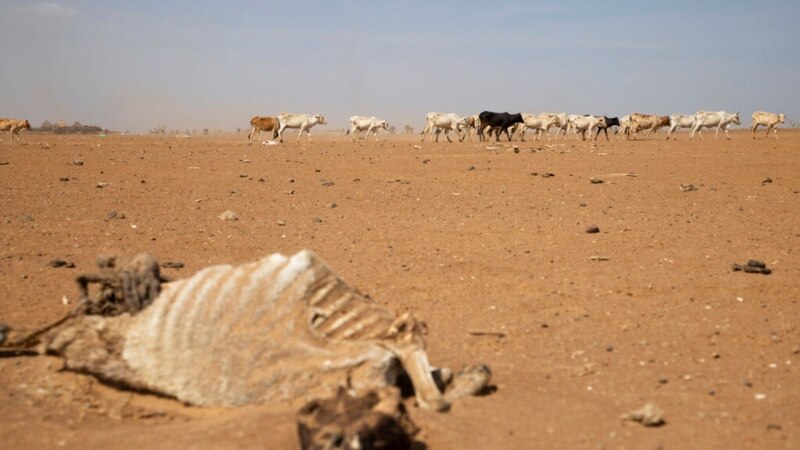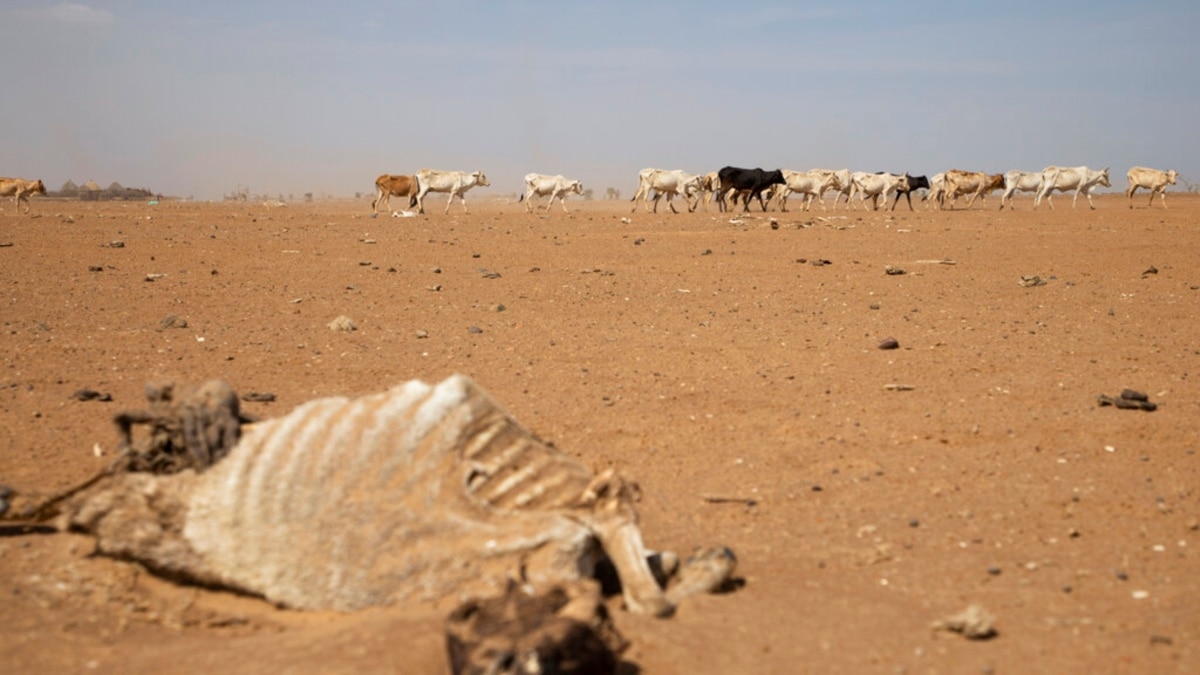This website uses cookies so that we can provide you with the best user experience possible. Cookie information is stored in your browser and performs functions such as recognising you when you return to our website and helping our team to understand which sections of the website you find most interesting and useful.


A new seasonal forecast for the drought-stricken Horn of Africa shows many parts of the region can expect a good rainy season.
The forecast by the World Meteorological Organization is good news for millions of people suffering acute hunger because of poor harvests caused by several years of drought.
However, WMO spokesperson Clare Nullis said that good news is coupled with warnings that people should still prepare for what she called a worst-case scenario.
“The March-to-May rainy season is really, really important for many countries in the region,” she said. “In the region, it accounts for about 70% of the total annual rainfall. So, obviously if there were to be a renewed failure of the rains, there would be massive socioeconomic consequences.”
The World Food Program says 12-14 million people in three of the worst-affected countries -- Somalia, Kenya, and Ethiopia -- are facing severe hunger due to the devastating drought across the Horn of Africa.
The WMO says southern to central parts of the region have the highest chances of receiving more rain than normal at this time of year. Countries include Tanzania, eastern Uganda, northern Burundi, and eastern Rwanda.
However, it says western South Sudan, and central and northeastern Ethiopia are likely to receive less rain than usual.
Given the below-average rainfall the past three seasons, meteorologists say a wetter-than-normal season does not mean the region will immediately recover from the drought.
Nullis said countries in the eastern part of the Horn should prepare for the worst.
“In the regions worst hit by drought, the current trends are comparable to those observed during the 2010-2011 famine and the 2016-2017 drought emergency,” she said. “There is obviously a delay between planting and harvesting. The next harvest will not start until about August, so we are not going to see any immediate positive impacts.”
More than a quarter-million people died in the Somalia famine between 2010 and 2012, more than half of them children. More than 6 million people, half of Somalia’s population, were ravaged by the severe 2017 drought. Few people died, though, because the international community responded quickly to the acute hunger emergency.



 Africana55 Radio
Africana55 Radio 
